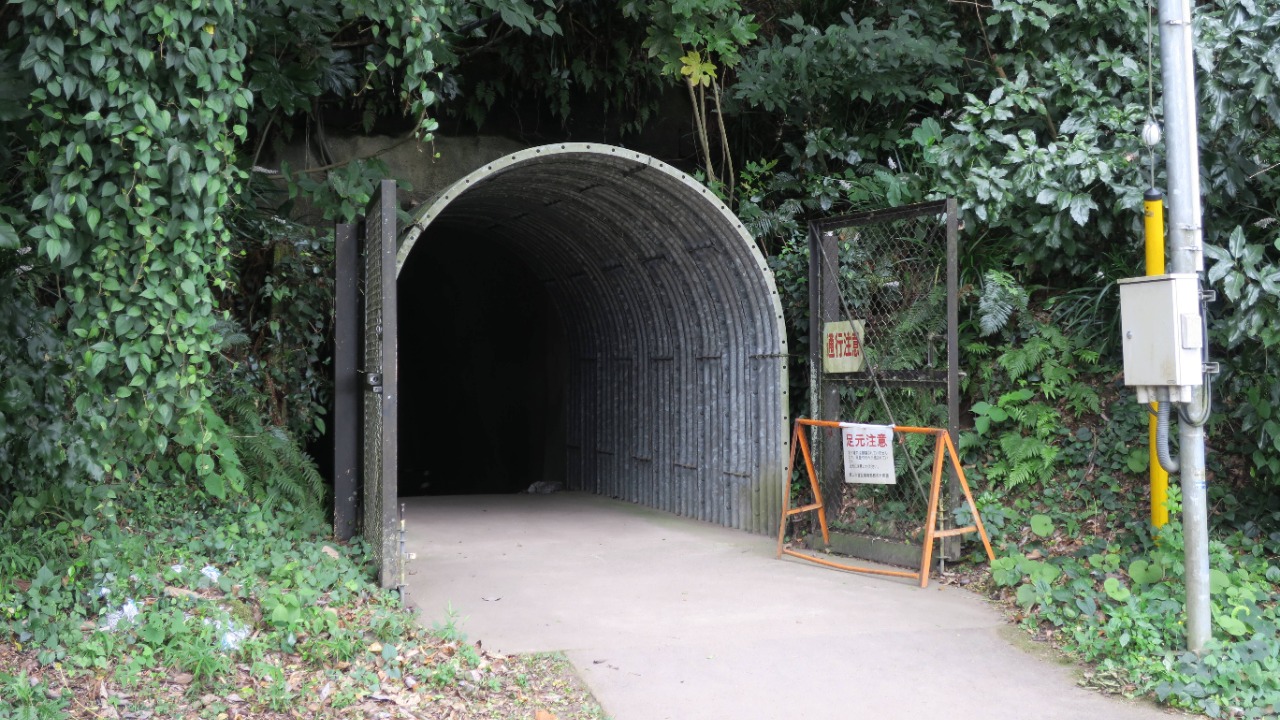
Recent discoveries and research suggest the existence of massive underground tunnels that span across continents. These subterranean networks, both natural and man-made, have intrigued archaeologists and scientists alike, promising to unveil secrets of ancient civilizations and their engineering prowess.
The Historical Context of Underground Tunnels
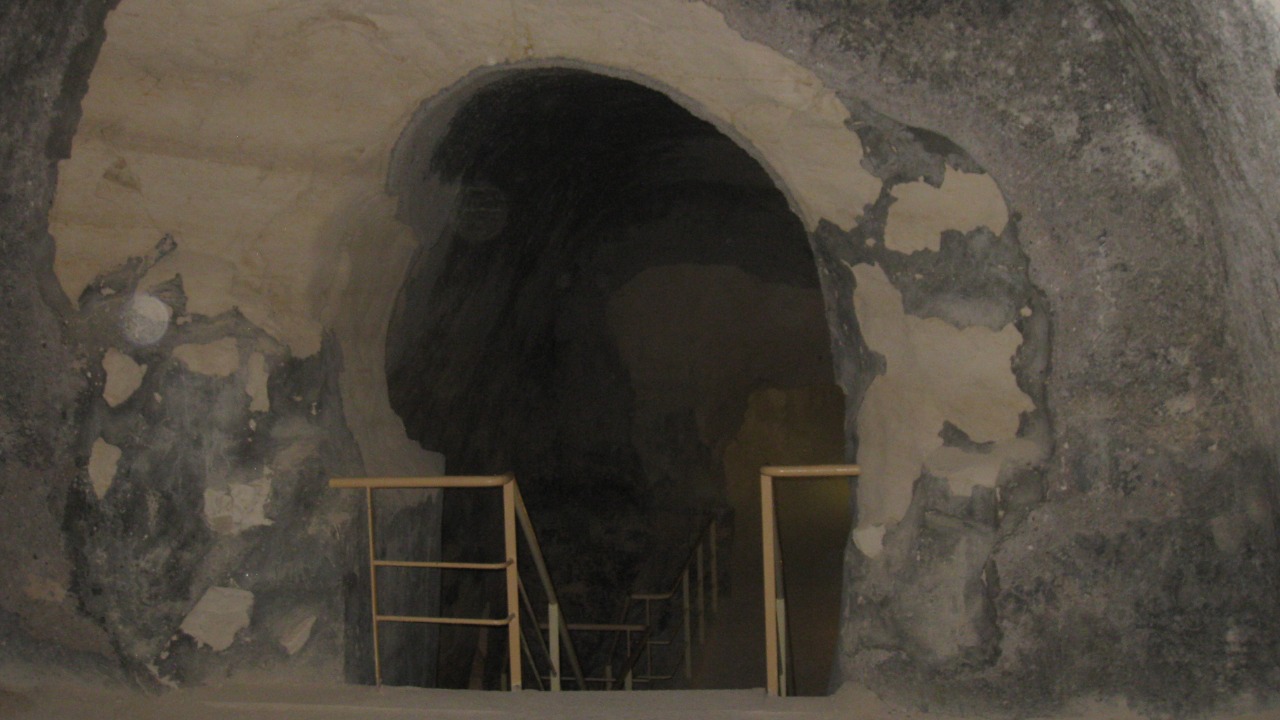
The origins and purposes of underground tunnels are as diverse as the civilizations that built them. Ancient societies harnessed these subterranean passages for various practical and spiritual purposes. In many cases, tunnels served as vital trade routes, enabling the exchange of goods and ideas between distant regions. For instance, the Silk Road, though primarily known for its overland passages, also included underground sections that protected traders from harsh weather and bandits. Additionally, civilizations like the Maya and the Egyptians constructed tunnels and chambers within their pyramids and temples for religious rites, burial practices, and as symbols of power and eternity.
One of the most fascinating examples of ancient tunnel networks is the expansive system that stretches from Scotland to Turkey. This network, often referred to as the Stone Age European tunnel system, highlights the advanced engineering skills of prehistoric peoples. These tunnels, which date back over 12,000 years, were constructed using basic tools, yet exhibit remarkable uniformity and precision. The stone-lined corridors, some extending hundreds of miles, suggest a level of organization and cooperation among ancient communities that challenges our understanding of early human societies.
Modern Discoveries and Technological Advances
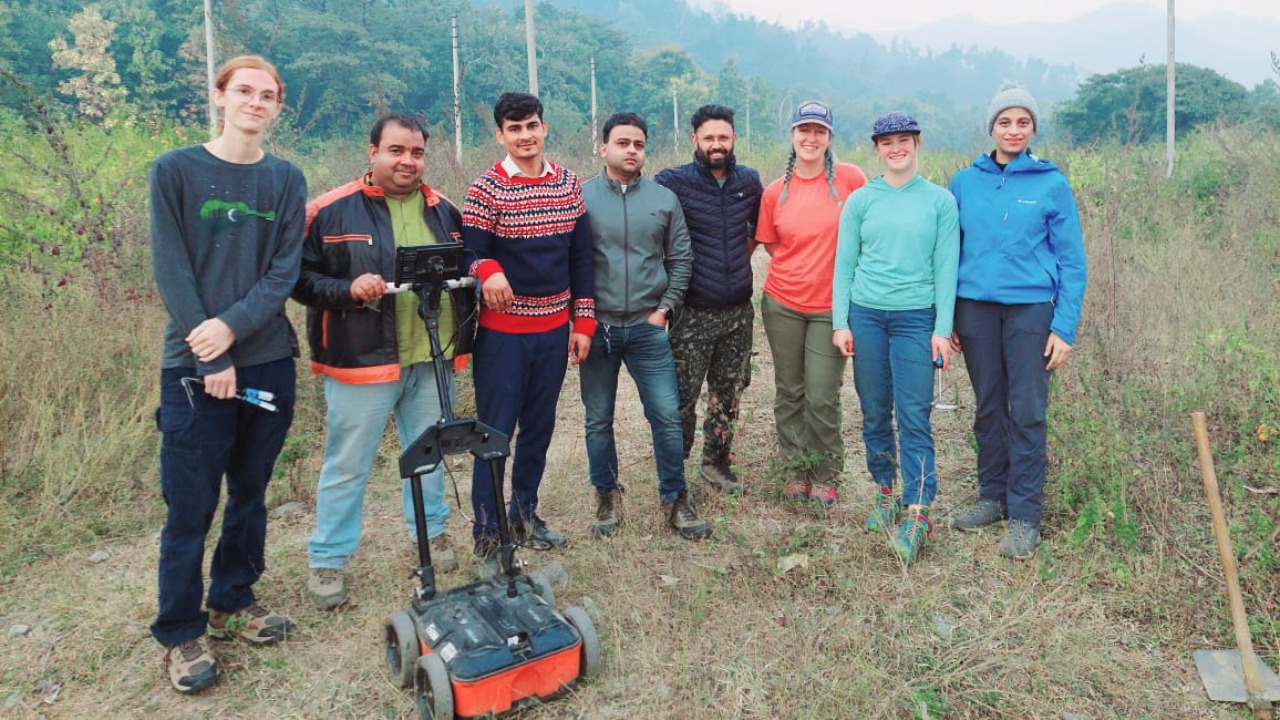
In recent years, technological advancements have revolutionized our ability to explore and understand these ancient subterranean networks. Modern archaeological techniques such as ground-penetrating radar (GPR) and 3D mapping have become invaluable tools in uncovering hidden structures beneath the earth’s surface. GPR, for example, uses electromagnetic waves to detect and map underground features, while 3D mapping allows researchers to create detailed visualizations of tunnel systems, revealing their complexity and extent without the need for invasive excavation.
Recent findings in Europe and Asia have reshaped historical timelines, offering new insights into ancient civilizations. In Turkey, for instance, the discovery of the underground city of Derinkuyu revealed a vast multi-level complex capable of housing thousands of people, complete with ventilation shafts, wells, and communal spaces. This discovery has led researchers to reconsider the social and defensive strategies of ancient Anatolian societies. Similarly, in China, archaeologists have uncovered networks of tunnels beneath the ancient city of Xi’an, providing clues to the logistical and defense capabilities of the Qin dynasty.
Scientific Implications and Theories
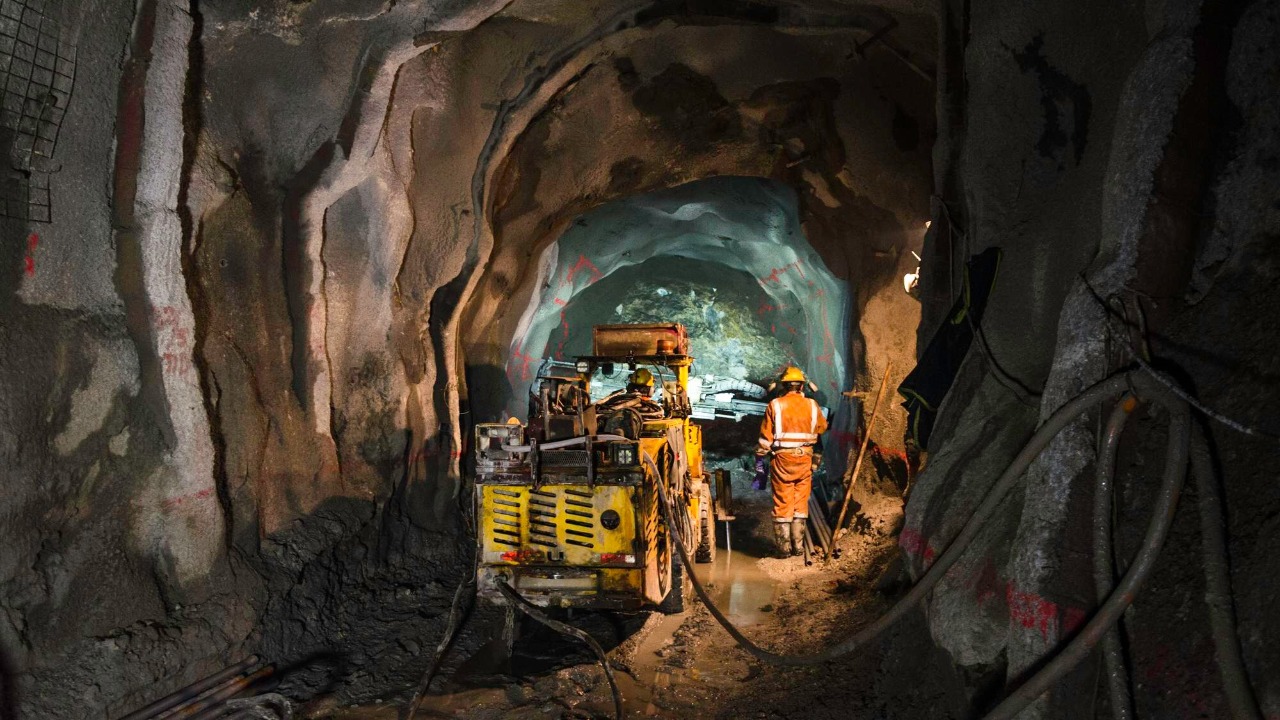
The existence of these extensive tunnel networks offers valuable insights into past geological events and Earth’s ancient climates. The construction and preservation of underground structures often depend on specific geological conditions, such as stable bedrock and favorable climate. By studying these factors, scientists can reconstruct past environmental conditions and better understand the challenges faced by ancient builders. Additionally, these tunnels can serve as natural archives, preserving organic materials and artifacts that offer snapshots of life in antiquity.
From an anthropological perspective, these subterranean networks raise intriguing questions about the societal and cultural implications of tunnel construction. Some researchers propose that these tunnels played a crucial role in human migration patterns, offering safe passage through hostile territories and connecting disparate communities. This theory is supported by evidence of shared architectural styles and technologies across vast distances, suggesting a level of interaction and exchange previously thought impossible. Furthermore, the construction and use of these tunnels may reflect broader cultural and religious beliefs, such as the concept of the underworld or the symbolic importance of the earth as a source of life and protection.
Challenges and Controversies
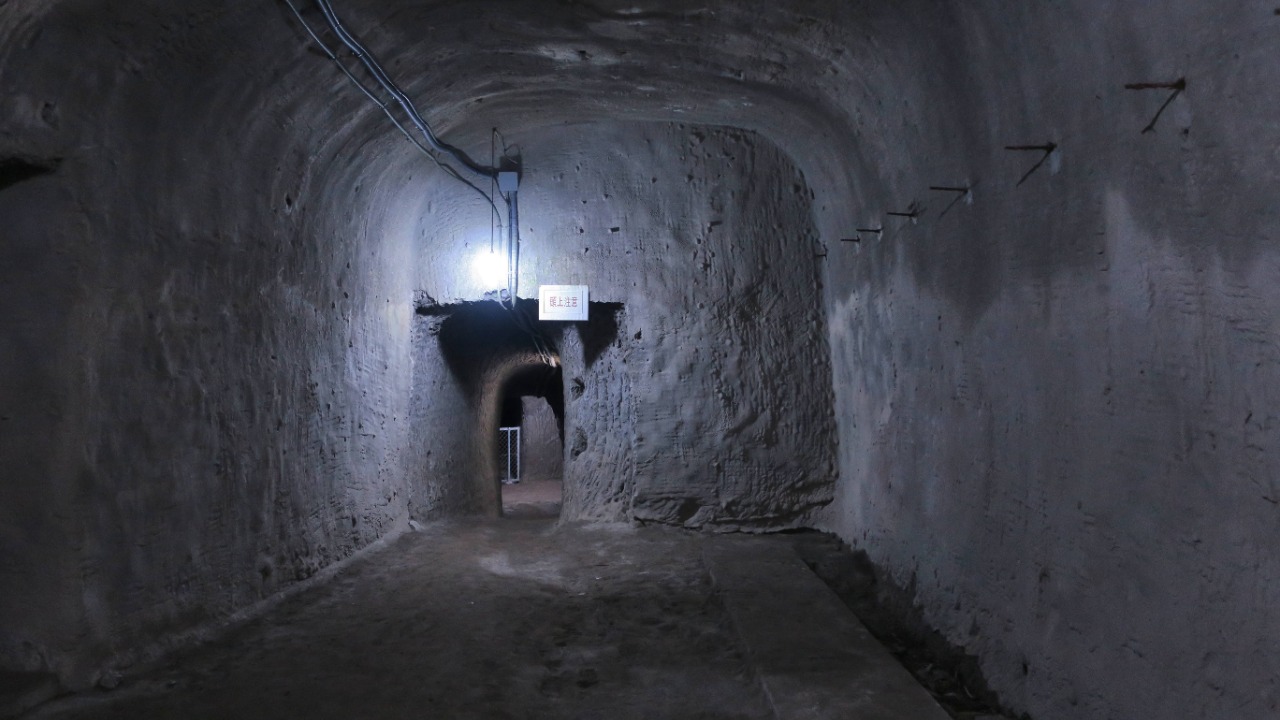
The study of underground tunnels is not without its challenges and controversies. One of the primary debates revolves around the authenticity of certain tunnel claims. In some cases, natural formations have been misinterpreted as man-made structures, leading to sensationalized claims that lack scientific support. This issue underscores the importance of rigorous verification and peer-reviewed research in the field of archaeology. Additionally, the preservation of these sites presents significant challenges, as exposure to the elements and human activity can accelerate deterioration.
There are also ethical considerations to take into account when excavating and studying these subterranean networks. Many of these sites hold great cultural and historical significance for local communities, raising questions about the ownership and stewardship of archaeological treasures. Researchers must balance the pursuit of knowledge with respect for the cultural heritage of the regions they study. This often involves collaboration with local governments and communities to ensure that research is conducted responsibly and that the benefits of discovery are shared equitably.
The Future of Underground Exploration
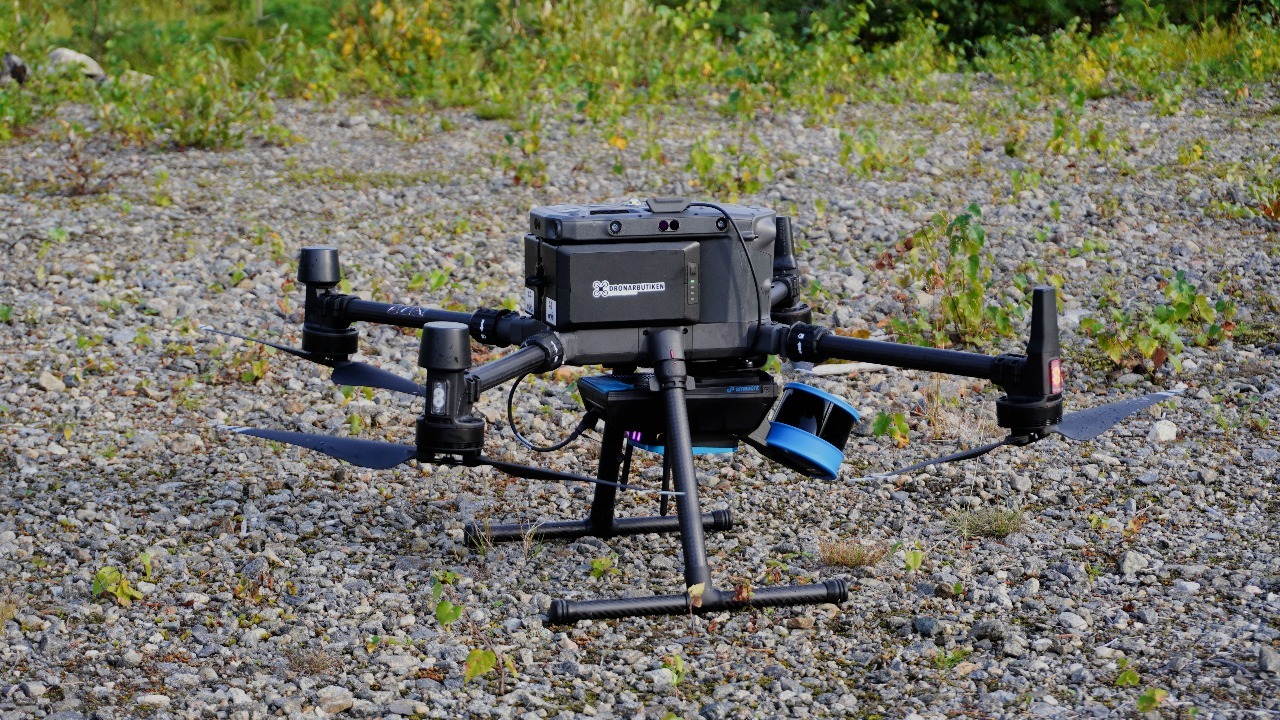
Looking ahead, emerging technologies hold the promise of revolutionizing our understanding and exploration of underground networks. Innovations such as advanced robotics, remote sensing, and AI-driven data analysis are poised to enhance our ability to navigate and study these complex systems with unprecedented accuracy and efficiency. For instance, autonomous drones equipped with LIDAR sensors could explore tunnels too narrow or dangerous for human researchers, providing valuable data without disturbing delicate environments.
Equally important is the role of global collaborations in advancing research and preservation efforts. The study of underground tunnels is inherently interdisciplinary, requiring expertise from fields such as archaeology, geology, engineering, and anthropology. By fostering international cooperation, researchers can pool resources, share knowledge, and develop best practices for the sustainable management of these archaeological treasures. Initiatives like the Ancient Archaeology Network exemplify the power of collaborative efforts in protecting and understanding our shared human heritage.